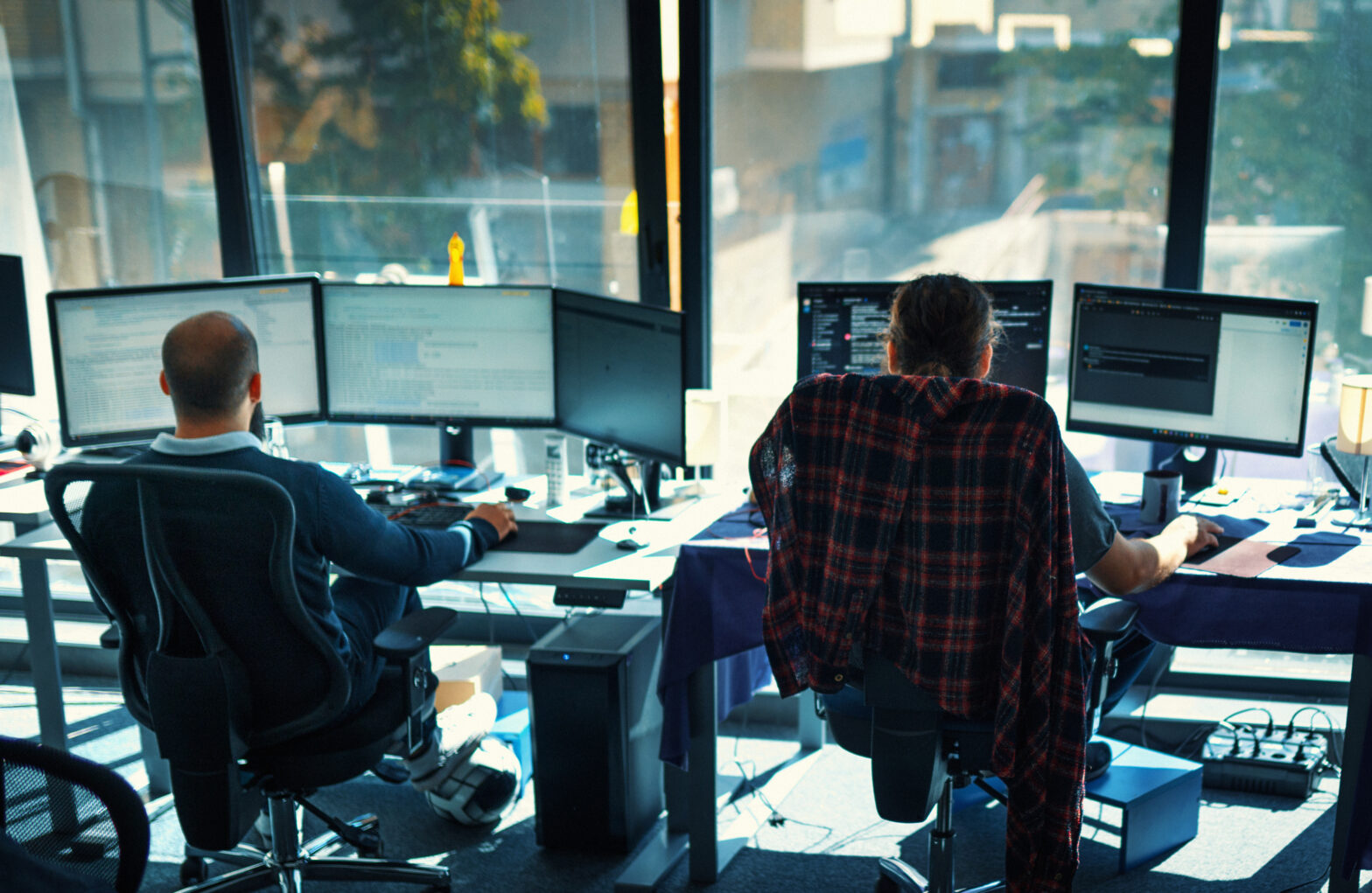With AI-driven tracking systems seeing a rise in usage across organisations in the wake of the Covid-19 pandemic, Gartner predicts that companies will increasingly face workers who seek to evade and overwhelm them, as such tools become more prevalent.
AI-based systems are being used by employers to analyse worker behaviour in the same way that AI is used to understand customers, being able to provide basic activity logging with alerts.
More sophisticated versions can attempt to detect positive actions or misbehaviour through multivariable analysis. Usage of these systems comes despite a high percentage of workers finding such tools unappealing.
Even before the pandemic, Gartner research showed that workers feared new technologies used to track and monitor work habits, and going forward, gaps may end up being found where metrics do not capture activity, accountability is unclear, or the AI can be fooled by generating false or confusing data.
Such activities have already been observed within digital-first organisations, a notable example being ride-share drivers sometimes working for two different services simultaneously as a way of maximising personal earnings.
Closing the gap: the digital productivity puzzle
“Many businesses are making a permanent shift to full- or part-time remote work, which can be both costly and require cultural changes,” said Whit Andrews, distinguished research vice-president at Gartner.
“For management cultures that are accustomed to relying on direct observation of employee behaviour, remote work strengthens the mandate to digitally monitor worker activity, in some cases via AI.
“Just as we’ve seen with every technology aimed at restricting its users, workers will quickly discover the gaps in AI-based surveillance strategies. They may do so for a variety of reasons, such as in the interest of lower workloads, better pay or simply spite. Some may even see tricking AI-based monitoring tools as more of a game to be won than disrespecting a metric that management has a right to know.”
To combat possible deception of AI-based tracking systems, Andrews recommends: “IT leaders who are considering deploying AI-enabled productivity monitoring tools should take a close look at the data sources, user experience design and the initial use case intended for these tools before investing.
“Determine whether the purpose and scope of data collection supports employees doing their best work. For those that do decide to invest, ensure that the technology is being implemented ethically by testing it against a key set of human-centric design principles.”






